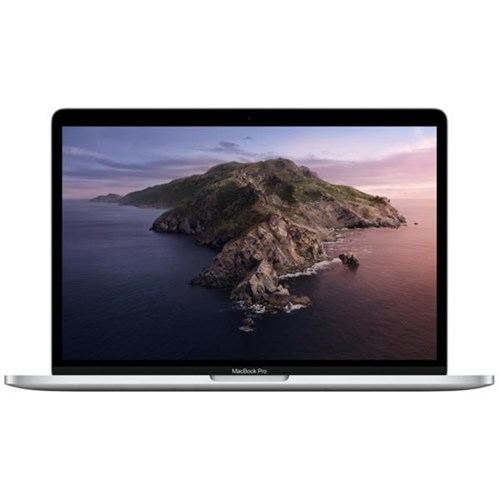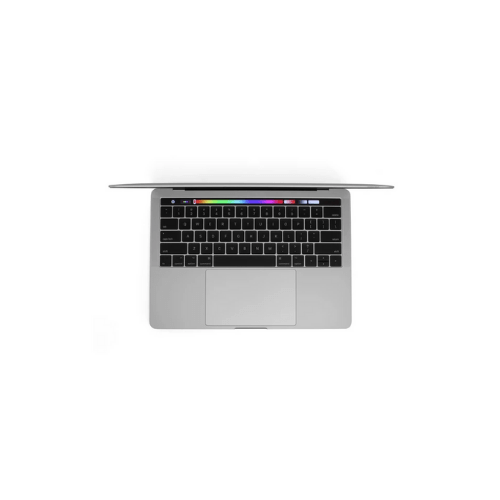
(HIGHER AVERAGE FRAMES PER SECOND = FASTER) We chose 1080p Off-Screen mode to make it a fair fight.

GFXBENCH 3 - This OpenGL benchmark plays back an animation of a T-Rex chasing a Motocross rider. The Mac Pro has two discrete GPUs, so we used both - which explains why it smoked the two laptops with single discrete GPUs. LUXMARK 3 - This OpenCL benchmark uses either the GPU or CPU or both to render a complex scene. GEEKBENCH 4 GPU COMPUTE - This new addition to Geekbench uses eight GPU intensive tests to compute either OpenCL or CUDA Performance. HANDBRAKE - Use all CPU cores to transcode a two minute Apple ProRes 422 movie into iPad format. GEEKBENCH 4 - Combined Multi-Core Score for 22 CPU tests and 3 memory tests. M2015 rMBP 2.8GHz - 'mid 2015' Retina MacBook Pro, 15-inch, 2.8GHz Core-i7-4980HQ, 16G of DDR3 1600MHz memory, AMD Radeon R9 M370X (2G), 1TB flash storage (SM951/Apple)ĬINEBENCH R15 - Using all available CPU cores, it renders a 3D scene containing 2000 objects which contain more than 300,000 polygons total. L2016 rMBP 2.9GHz - 'late 2016' Retina MacBook Pro 15-inch, 2.9GHz Core i7-6920HQ, 16G of 2133MHz LPDDR3 memory, AMD Radeon Pro 460 (4G), 1TB flash storage (Samsung?)

L2015 iMac 5K 4.0GHz - "late 2015" iMac 5K Quad-Core 4.0GHz Core i7-6700K, 16G of 1867MHz DDR3 memory, Radeon R9 M395X (4G) GPU, 1TB PCIe flash storage L2013 nMP 3.7GHz - 'late 2013' Mac Pro Quad-Core 3.7GHz Xeon E5-1620 v2, 16G of 1867MHz DDR3 memory, dual FirePro D300 GPUs, 512G PCIe flash storage (Samsung XP941/Apple)


 0 kommentar(er)
0 kommentar(er)
